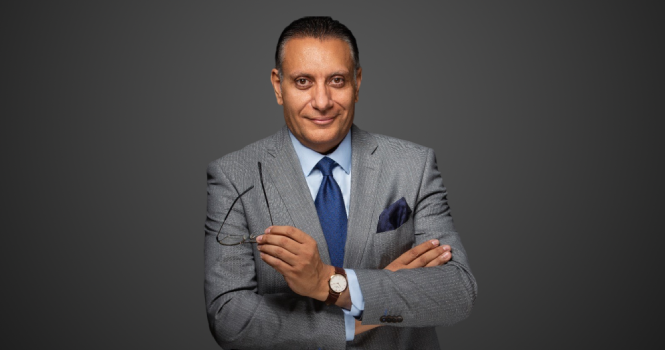One famous quote about the importance of paying due attention to whatever words we utter comes from French philosopher Jean Paul Sartre, who once said: “Every word has consequences. Every silence too.”
As a chief executive or a business leader, you ought to be very careful in dealing with the Fourth Estate. I’m not saying don’t meet the press, but you have to substantiate your words, even if they are true, with quality data like the one provided daily by Argaam across all sectors with its key attributes: timely, complete, accurate, consistent and relevant to your corporation.
Haphazard press statements by senior executives aren’t useful in the literature of communications. There are several examples around the world of how senior officials and managers haven’t taken journalism seriously and caused collateral damage along the way mainly when the good-intentioned but awkward press statements trigger a social-media firestorm.
In our old times, we were only aware of the three traditional types of crises: political, internal and external. Today, a crisis factors in the newest element: social media. Irrespective of its nature or type, a crisis poses both a financial and a reputational threat to any senior executive and accordingly to his or her corporation. The people’s voices on social media have become a key component in the communication ecosystem.
Remember the Volkswagen major crisis in 2015? Let’s revisit this crisis briefly. The Environmental Protection Agency (EPA) in the US revealed that Volkswagen had been hiding the gas performance of its cars to circumvent gas emissions tests to the contrary of the press statements and interviews given by senior executives.
Data analysis companies cited then some interesting figures: a total of 53,000 tweets about the revelation were posted on September 18 that year, followed by 1.3 million more tweets over the following week, averaging 8,000 tweets per hour compared to the usual 10,000 Volkswagen-related tweets per day. Within 1 week, Volkswagen had lost senior executives, 35% of its market value and its reputation.
Every crisis moves through different phases. Crisis management is a process that allows each phase to be effectively addressed to prevent or lessen the damage a crisis can cause to the organization and its stakeholders. The classical response varies from denying the crisis and silence to acknowledging it and taking responsibility.
But what to do in an era of social media that breaks the traditional boundaries of time and space and accelerates crises non-stop as the bus in Speed, one of the best action movies by the legend American actor Keanu Reeves. It revolves around a bus full of civilians who are all threatened by an extortionist to explode it if its speed falls below 50 miles per hour.
Just to give you a glimpse into how important and dangerous social media is when you make press statements, let’s have a look on these mindboggling numbers. As of Q4 2023, there are 3.05 billion users of Facebook worldwide, 1.3 billions on Instagram, 421 millions on X/Twitter, 2.5 billions on Youtube, 1.5 billions on Tiktok, 414 millions on Snapchat and 2.7 billions on WhatsApp.
But when the crisis happens, your communication strategists have to define the nature of the crisis, its origin, stakeholders’ dominant emotion (sad, anger or fear) and study the analysis of social media sentiments before they decide how to react accordingly. The first strategy is defensive to detach the organisation from the crisis by denying it or minimise the responsibility of the organisation. The second one is accommodative to rebuild and boost the reputational assets of the organisation.
There’s also a third approach I call it the lazy strategy and I personally don’t prefer it, when a crisis-stricken company rushes to issue press releases filled with legal vocabulary and general terms and conditions or politically and emotionally charged words to justify the mistake and blame others and other factors for it. This’s a classical haughty approach that ignores the public voice and stakeholders’ emotions.
Society differences also always matter in a time of business crisis. The British society, for an example, is keen on not displaying strong or public emotions, unlike Arab societies in general, which are collective ones where communication is mostly emotional and context-rich.
As a senior executive and business leader, you have responsibility to tell the corporate story. But you must approach the broadcast interview, let alone if it’s live, with the same level of seriousness and intensity as in preparing for a major stakeholders’ or board meeting. When you meet a journalist for an interview, the result of your meeting will be a positive or negative story that makes the headlines: either about you, your company or the industry.
And from a hands-on experience in dealing with reporters and journalists, make literally a comprehensive list of the questions that might possibly surface including the tough, embarrassing and even the naive ones. Careful preparation and listening to your team will pay off.
Islam Zween, CEO of Argaam
>>> Read full article>>>
Copyright for syndicated content belongs to the linked Source : Argaam EN – https://www.argaam.com/en/article/articledetail/id/1737411































